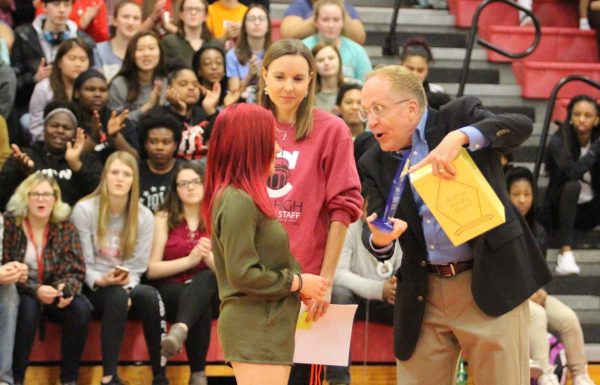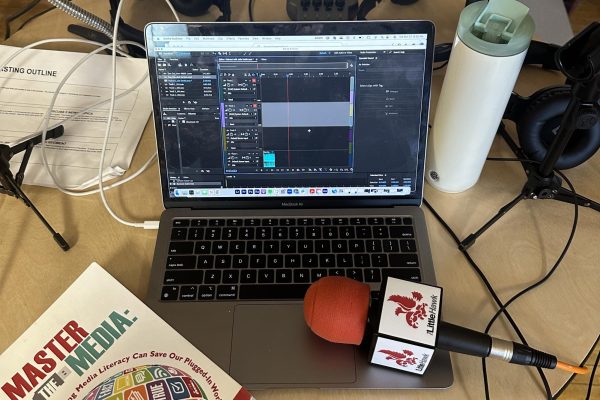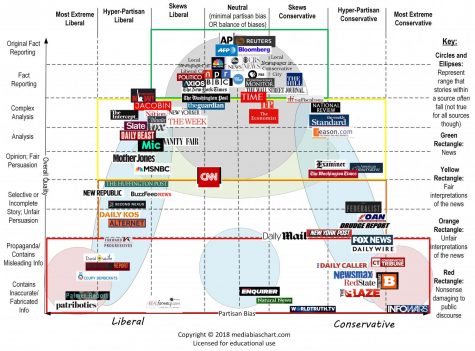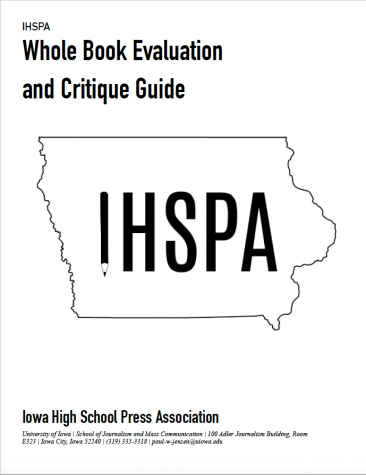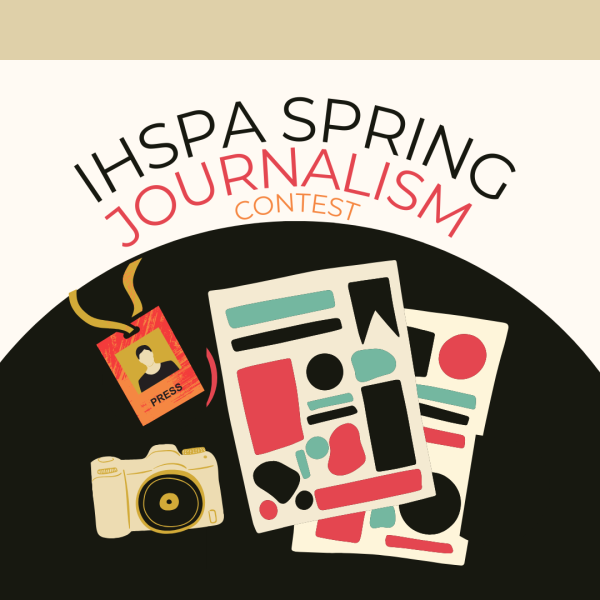Media Literacy Lesson and Tips for Sanity from Poynter
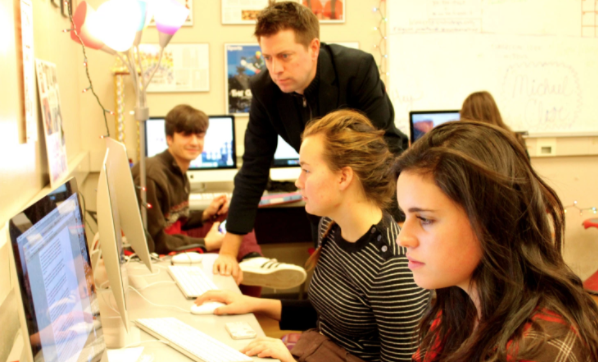
A few weeks ago the Gazette, an Iowa City-Cedar Rapids paper, interviewed me about teaching media literacy with the emergence of fake news and the rise of distrust in the main stream media (78% according to Gallup).
A Stanford study also found that 80% of middle school students couldn’t tell the difference between sponsored content and “real news”.
So now what to do?
Below I have a basic lesson, but am hoping to crowd source more lessons on how teachers are teaching media literacy in 2017. Also, there is a run down on what has happened with fake news, and Poynter’s resource on 15 Rules for Saner News Experience.
1. Teach Students How to Get Real News on Their Phones
Above is a link to a basic lesson plan on teaching students how to get news on their phones through apps. Teachers have been shy or avoided teaching apps or social media. This year, I think it is important that all teachers embrace having students use their phone for research. When I toured the Washington Post two years ago the first question they asked was how do people get their news. Answer: On their phones. Also, teachers need to show students different apps like Hootsuite for Twitter and Flipboard and the AP Mobile app. These apps can be customizable to allow students to choose how they get their news. Teachers shouldn’t be telling students where to get their news, but encouraging students to make choices in where they get their news on their phones. Students also need to be taught how to evaluate if a source is not reputable or may have a bias.
To teach critical consumption, I am going to be using some of Roy Peter Clark from Poynter’s 15 Rules for a Saner News Experience as a start.
- Don’t just consume the message of advertisers (or any media). Talk to students about hidden messages.
- Find three political writers from the right, left and middle. Consult all of them when sorting through political issues.
- In the age of celebrity culture pay more attention to what they do then who they are.
- Avoid sources of media that encourage or have shouting matches.
- Get off the couch and learn from direct or real experiences
- Support school programs that help young people analyze and criticize media messages. Students should learn the values of the First Amendment, and, through their reading, writing, and speaking, practice those values. Freedom of expression means nothing if you lack the means to express yourself.
2. The Power of Student Voice and Teaching Students to Tell Their Own Story
This idea is stolen from Don Goble. He has a great lesson on the 6 Word Video Story. Many students and people don’t believe the media is telling their story or reality so it can be very powerful to teach young people how to tell their own story.
In my classroom we have worked on having blogs and podcasts that showcase student voice. Some examples include Politikid, Minority Report, Nerd Nook (video game reviews), LH Book Reviews, LH Music, and LH Sports Report.
——-
A Brief History of Fake News and Media Literacy Resources
Dimitri made $60,000 over the last six months making fake news in Macedonia. He has gotten over 40 million page views, mainly on fake news for Donald Trump supporters. Over 150 fake news sites have been traced back to Dimitri’s town in Macedonia. “The American people don’t take their politics as seriously as Macedonians… as we don’t believe such fake news.”
15 Rules for a Saner News Experience
1. Don’t just consume the message of advertisers, especially political advertisers. Talk to your children and to other adults about the hidden messages they contain.
2. Find three political writers who represent the right, the left, and the middle. Consult them to help you sort through political issues and media messages.
3. Join with others in your community to analyze how you are being served or disserved by your local news media. As famed editor Gene Roberts said about one newspaper: “You can throw it up in the air and read it before it hits the ground.” What does your community need in the form of coverage that it is not getting? Who owns the news companies in your community? Are they in the news business to serve the public or to maximize their profits?
4. Look for role models of candor and accountability, people in public life who have proven to be reliable over time. Look for folks within a movement or political party who have the courage to speak, on occasion, against the interests of their own party.
5. Recognize the power of framing as a communication device. People may be telling you the truth, but only a part of the truth. They may be framing events to focus on some themes, but not others. In the immigration debate, for example, the “safety of our borders” is a frame, but so is “America opens its arms to immigrants,” and so is “there are jobs in America that Americans will not do.”
6. Learn to recognize the manipulation of language and images. Read George Orwell’s famous essay, “Politics and the English Language,” which argues that language abuse leads to political abuse, and vice versa. Be skeptical of any speaker or writer who calls into question a critic’s loyalty to the country.
7. Learn the differences between forms of political persuasion that appeal to your reason as opposed to those that appeal to your fears or passions. Beware of slogans. They are a substitute for critical thinking.
8. A key value of journalism is to make important things (like health care) interesting for the public. Beware of attempts to make interesting things, such as lurid crimes, seem important — when they are not.
9. Pay attention to people who are willing to change their minds — as long as they are not addicted to doing so.
10. Prefer people who want to have a vigorous conversation to those who want to shout at each other.
11. Be not seduced into thinking that every hot-button issue requires to you be on one side or the other. There may be a middle ground. Don’t be afraid to be puzzled or uncertain about an issue. It’s OK to be working to make up your mind.
12. Get off the couch. Join a club. Volunteer. Sing in the choir. One way not to be fooled by political or media manipulation is to learn from direct experience, from reality and not reality TV.
13. In an age of celebrity culture, pay more attention to people for what they do than for who they are.
14. Be a skeptic, but not a cynic. A skeptic doubts knowledge. A cynic doubts moral goodness. The cynic says, “All politicians are liars,” or “All journalists have a hidden bias.” The skeptic says, “That doesn’t sound right to me. Show me the evidence.”
15. Support school programs that help young people analyze and criticize media messages. Students should learn the values of the First Amendment, and, through their reading, writing, and speaking, practice those values. Freedom of expression means nothing if you lack the means to express yourself.

